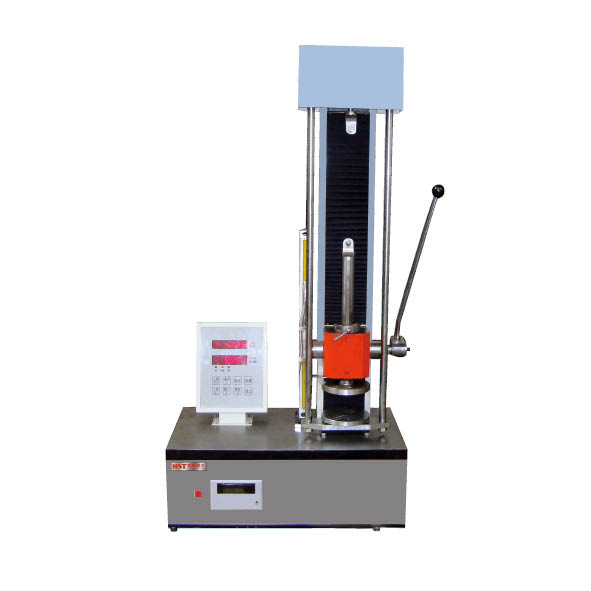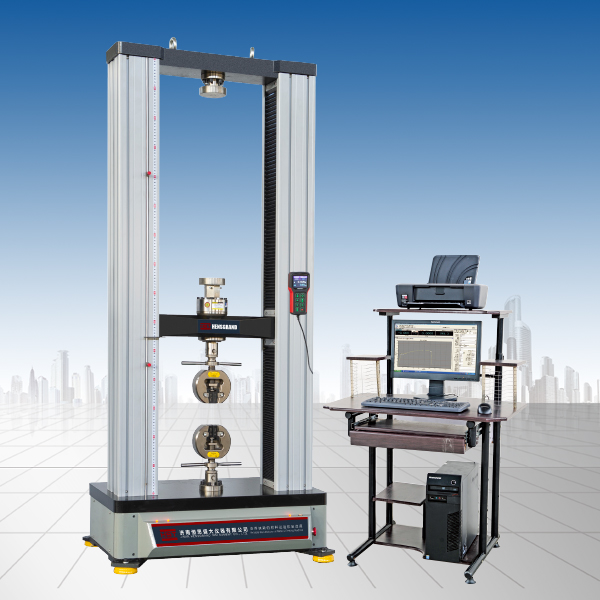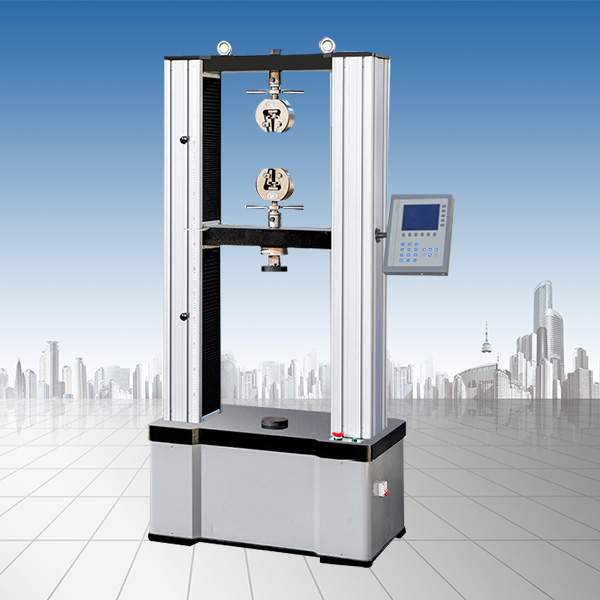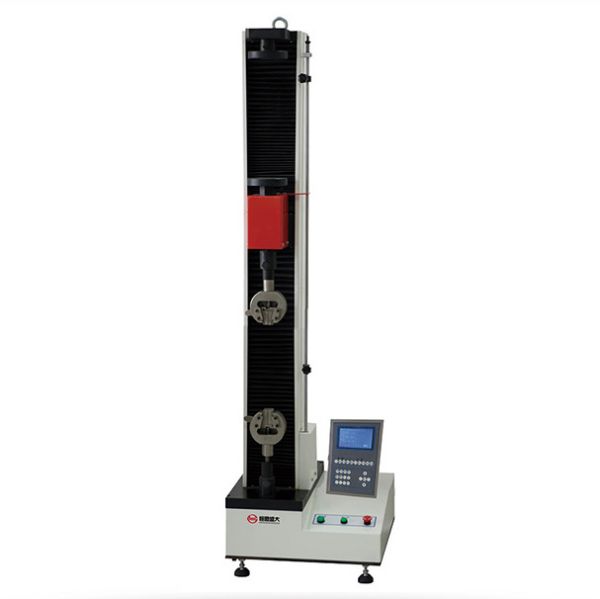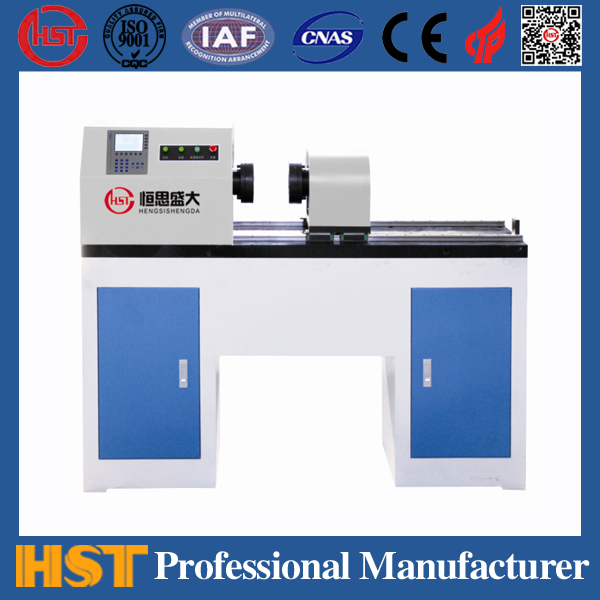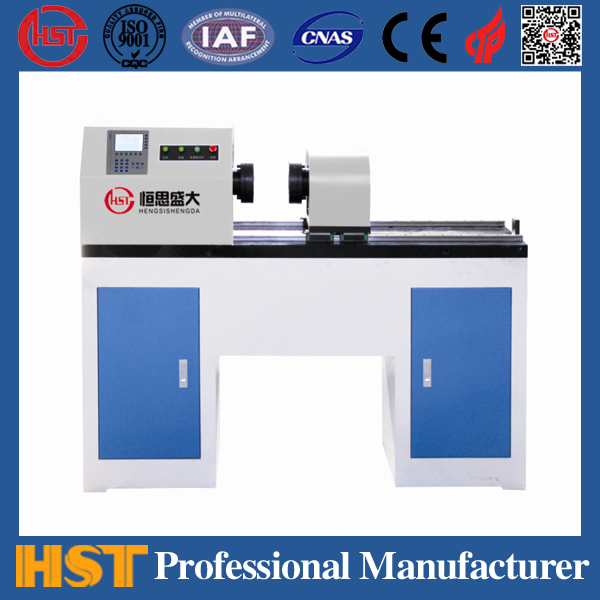Company News
Meets the 4 requirements of rubber tensile tension testing machine
Release time:2018-11-23 source:Jinan Hengsi Shanda Instrument Co., Ltd. Browse:
A tensile testing machine generally used to test the tensile properties of rubber must meet the following four requirements:
, the test stroke of the tensile tester cannot be too small
Since rubber deforms very much when stretched, especially latex products, the elongation may be as high as that of high1000%above. Therefore, before the rubber sample breaks, it is necessary to ensure that the sample has sufficient stroke.
Second, there must be sufficient precision gauge measurement.
The measurement of the gauge distance of the sample is an important data for calculating the elongation of the rubber, so in the rubber tensile test, the rubber tensile tester must accurately measure the strain value of the sample and record it immediately.
Third, the measurement accuracy of the tensile tester must be high, and there must be a recording device.
Rubber pulling does not require a large force, so the test force of the tensile tester is not required to be very large, but the measurement accuracy is very high, and the general accuracy is0.01N. In addition, since detecting the tensile properties of rubber requires several tensile values during the tensile process, and the tensile test cannot be repeated, instant and accurate recording of the tensile force value of each test section plays a very important role in the success or failure of the test. The rubber tensile tester equipped with a high-precision load sensor can accurately record the real-time tensile value and process it through a computer program to meet the requirements of rubber tensile test.
Fourth, the tensile test machine must be equipped with a device that can accurately describe the stress-strain curve.
There is a close relationship between the tensile force value and gauge distance in a tensile sample. For example, the constant elongation stress of the sample requires measuring the force value of the tensile sample to a given elongation, while the fixed stress requires measuring the gauge distance from the tensile sample to a given stress. After the test is completed, the accurate stress-strain curve can reproduce the test process and clearly reflect the values of each test section, making it easier to calculate the items required by the test.
- Previous article:4 steps of cement flexural tester simple operation
- Next article:4 steps to calculate the maximum test force of the material
Recommended productsPRODUCTS


















